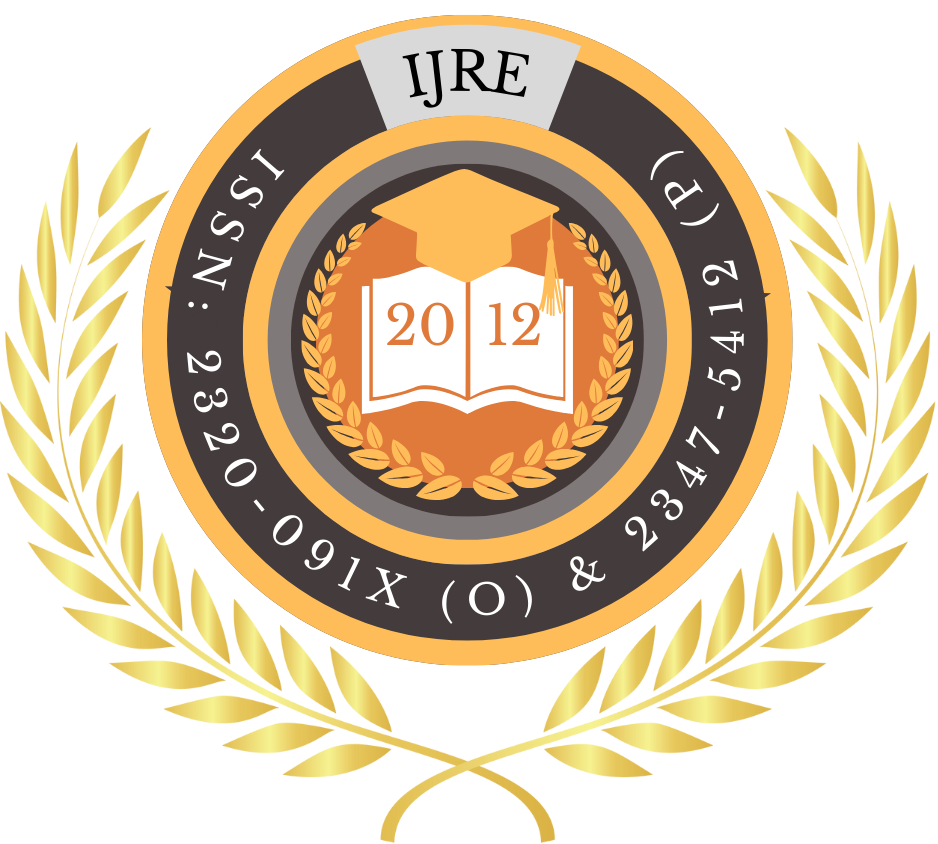![]()
Certificate: View Certificate
Published Paper PDF: View PDF
Sangeeta Iyer
Independent Researcher
Tamil Nadu, India
Abstract
Culturally responsive teaching (CRT) in multilingual Indian classrooms represents a transformative pedagogical framework that foregrounds students’ linguistic and cultural assets to foster deep, equitable learning experiences. Originating from critical pedagogy and sociocultural theory, CRT emphasizes validating learners’ cultural identities, integrating community knowledge, and using students’ home languages as cognitive tools. In India’s richly multilingual contexts—where 22 scheduled languages and hundreds of dialects coexist—traditional monolingual instruction often fails to engage diverse learners, leading to disengagement, lowered self‐esteem, and achievement gaps. This expanded study investigates the knowledge, attitudes, and practices of 250 teachers and the engagement and perceptions of 600 students across five strategically selected schools representing urban government, urban private, rural government, rural private, and semi‐urban contexts. Employing a rigorous mixed‐methods design, researchers administered structured questionnaires, conducted ten focus‐group discussions, and performed thematic and statistical analyses to triangulate findings. Results indicate that while 84% of teachers demonstrate conceptual awareness of CRT principles and 91% acknowledge its motivational benefits, only 44% regularly implement linguistically and culturally relevant strategies. Key barriers include large class sizes, insufficient multilingual resources, constrained instructional time, and limited leadership support. Conversely, students consistently report enhanced comprehension, participation, and identity affirmation when instructional materials and classroom interactions reflect their cultural backgrounds. Qualitative themes further reveal that CRT practices reduce language anxiety, foster community integration, and empower learners to co‐construct knowledge. Drawing on these insights, the study recommends comprehensive policy reform to mandate mother‐tongue instructional scaffolding, targeted professional development modules to build teacher efficacy in CRT, the development of culturally attuned curricular materials, and leadership initiatives to incentivize inclusive practices. By systematically illuminating the disconnect between CRT ideals and classroom realities, this research contributes actionable guidance for educators, policymakers, and curriculum designers seeking to enact sustainable, scalable change in India’s multilingual educational landscape.
Keywords
Culturally Responsive Teaching, Multilingual Education, Indian Classrooms, Teacher Perceptions, Student Engagement
References
- Acharya, S. (2019). Teacher perceptions of multilingual education in rural India. International Journal of Educational Development, 66, 123–130.
- Banks, J. A. (2015). Cultural diversity and education: Foundations, curriculum, and teaching (6th ed.). Pearson.
- Cummins, J. (2001). Negotiating identities: Education for empowerment in a diverse society (2nd ed.). California Association for Bilingual Education.
- García, O., & Kleyn, T. (2016). Translanguaging with multilingual students: Learning from classroom moments. Routledge.
- Gay, G. (2018). Culturally responsive teaching: Theory, research, and practice (3rd ed.). Teachers College Press.
- Jackson, P. W. (2014). Life in classrooms (3rd ed.). Teachers College Press.
- Kachru, B. B. (1992). The other tongue: English across cultures (2nd ed.). University of Illinois Press.
- Ladson‑Billings, G. (1995). Toward a theory of culturally relevant pedagogy. American Educational Research Journal, 32(3), 465–491.
- Menken, K. (2010). Narrowing the achievement gap: Cautions about implementing dual language education. NABE Journal of Research and Practice, 8(1), 109–124.
- Ministry of Education, Government of India. (2020). National Education Policy 2020. Government of India.
- Mohanty, A., Panda, M., & Banerjee, P. (2010). Negotiating cultures: Multilingual education in India. Language and Education, 24(6), 491–505.
- Ramakrishnan, S. (2017). Culturally responsive pedagogy in urban Indian classrooms. Journal of Multilingual and Multicultural Development, 38(5), 423–437.
- Sen, U. (2012). Cultural diversity and education: The Indian context. Oxford University Press.
- Smith, L. T. (2012). Decolonizing methodologies: Research and indigenous peoples (2nd ed.). Zed Books.
- (2016). If you don’t understand, how can you learn? Global education monitoring report. UNESCO.
- Vygotsky, L. S. (1978). Mind in society: The development of higher psychological processes. Harvard University Press.
- Walker, A., & Quong, T. (2018). Collaborative learning in multilingual classrooms: A case study from Delhi. Teaching and Teacher Education, 75, 14–23.
- Wiley, T. G., & García, O. (2016). Language policy and planning in schools. In B. Spolsky (Ed.), The Cambridge handbook of language policy (pp. 899–915). Cambridge University Press.
- Yin, R. K. (2014). Case study research: Design and methods (5th ed.). Sage Publications.
- Zhang, D., & Lu, M. (2020). Effects of teacher training on CRT implementation in rural schools. International Journal of Multilingualism, 17(2), 157–172.
